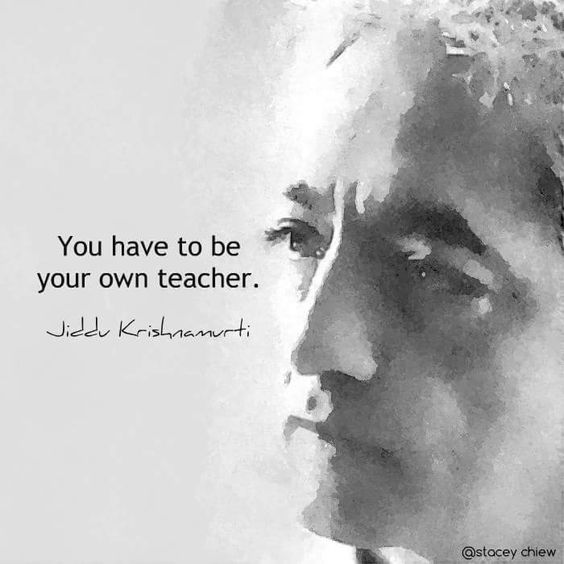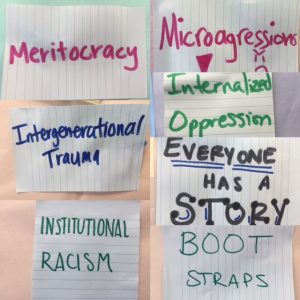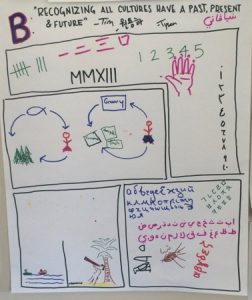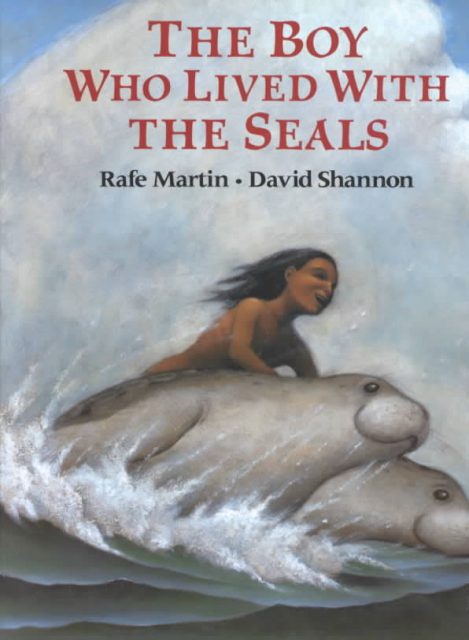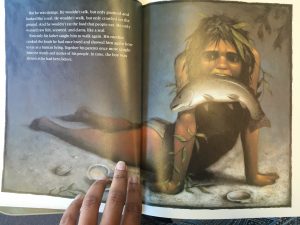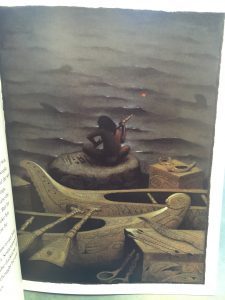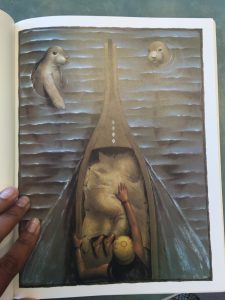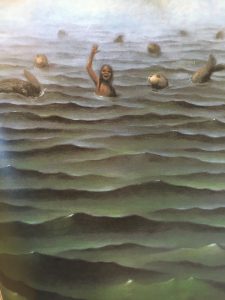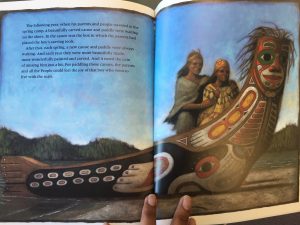Good teachers join self, subject, and students in the fabric of life because they teach from an integral and undivided self; they manifest in their own lives, and evoke in their students, a ‘capacity for connectedness.’
Parker Palmer
Yesterday was a deep and heavy day. I listened in awe of my fellow classmates stories. Their, rather your, insight was honest and emotional. By the time I got home, I was spent mentally and emotionally. Parker Palmer would have been satisfied with the level of vulnerability many showed as pre-service teachers.
Our task is to create enough safe spaces and trusting relationships within the academic workplace – …-that more of us will be able to tell the truth about our own struggles and joys as teachers in ways that befriend the soul and give it room to grow.
Parker Palmer
Palmer’s writings remind me of another philosopher that I grew up reading, Jiddu Krishnamurti. He wrote about many things in India that transcend place and speak to all of us. His treatise “On Education” evoked many parallel thoughts that Palmer’s writing did, and similarly David Katzeek’s words as well.
Everything is inside of us.
This is true for everyone and especially our future students. The teacher’s job is to facilitate learning so that each person can realize the knowledge that already lives within them. As teacher’s we must do this as well for ourselves. We must reflect and become our own teacher as J. Krishnamurti suggests in the photo above. Through reflection we can attain self-knowledge, and through self-knowledge we can learn to be better teachers as Palmer shared. Without self-knowledge we cannot know how to connect with our students and our subject. For me personally I really enjoy discussing reflections with others that I trust because it often leads to new insights.
Reflecting and sharing vulnerability with one another helped me to realize many similar feelings that I had, but not yet thought of. I appreciated and will continue to ponder yesterday’s events throughout the next few weeks and beyond.
